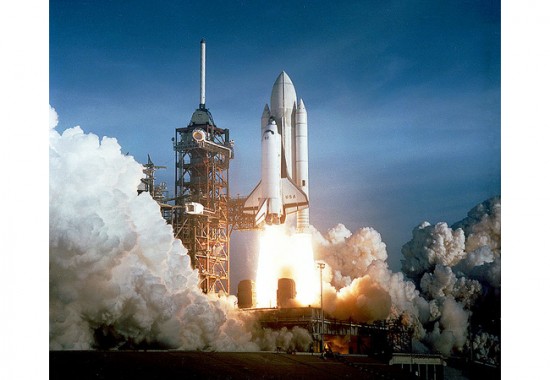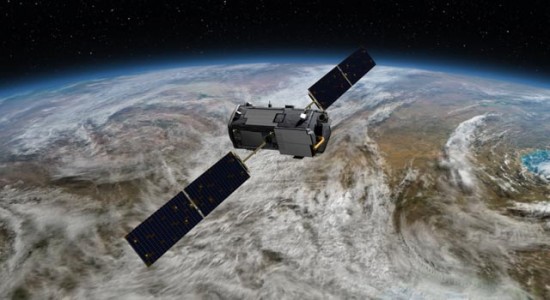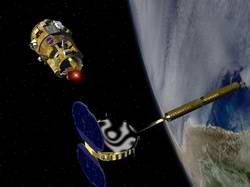10, 9, 8, 7, 6, 5, 4, 3, 2, 1
We have the IGNITION.
#10 THE OCO
The Orbiting Carbon Observatory was an experimental NASA Earth System Science Pathfinder Program mission. The OCO was supposed to provide information and measurement regarding the atmospheric carbon dioxide and also provide an insight on the human sources and natural carbon activities emissions. This was done to predict and understand the climatic changes on the basis of varying carbon dioxide percentage in the atmosphere. The OCO was launched Feb. 24, 2009 aboard the Taurus T8 launch vehicle from Space Launch Complex 576-E at Vandenberg Air Force Base (VAFB) in California. Following the 9:55:31 UTC liftoff, the launch proceeded nominally up to Stage 2 ignition. Vehicle telemetry was received until the Taurus transmitters were commanded off at 10:09:58 UTC. A contingency was declared at 10:11:09 UTC.
It was reported by the investigation team that the Fairing sensor data (microphone, temperature, acceleration) and the separation break wire indicated that the fairing did not separate from the launch vehicle Different causes were reported for why the fairing failed to separate;
1) Frangible Joint Subsystem failure caused fairing not to separate.
2) Electrical Subsystem failure caused fairing not to separate.
3) Fairing Pneumatic System failure caused fairing not to separate.
4) Flexible Confined Detonating Cord (FCDC) Snagged on Frangible Joint Side Rail Nut Plate.
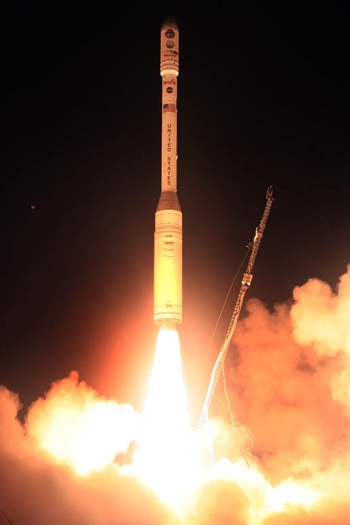
[youtube]http://www.youtube.com/watch?v=pulVvfZVe4o[/youtube]
#9 Demonstration for Autonomous Rendezvous Technology (DART) Spacecraft
The US developed a DART machine which was supposed to rendezvous with already existing communication satellites in space. DART was designed to rendezvous with and perform a variety of maneuvers in close proximity to the Multiple Paths, Beyond-Line-of-Sight Communications (MUBLCOM) satellite, without assistance (autonomously) from ground personnel. DART remained in space for 11 hours performing all the required duties and tasks without assistance from any ground personal, but during proximity operations it started to consume much more propellant than expected. After 11 hours remaining in space DART detected that its supply is depleted and started to begin maneuvers for departure and retirement. Awfully it collided with MUBLCOM due to wrong distance calculation by the computer program and it destroyed 3 minutes and 49 seconds before initiating retirement. NASA called the mishap as “A type” mishap i.e. in which government has to bear a loss of more than one million dollar.
#8 NASA Helios
The Helios was a not a space craft yet it was designed and constructed by NASA. The Helios prototype aircraft was built to work at very high altitudes for long time and it includes the science of solar power cells. It was supposed to work wholly and solely on the solar energy. Yet it was not powerful/ strong enough to resist heavy wind shear. The failure occurred during a flight from the U.S. Navy’s Pacific Missile Range Facility (PMRF) on the Hawaiian island of Kauai on June 26, 2003. It was a structural failure the plane did not survived the wind pressure and high altitude and got crashed in the Pacific Ocean.
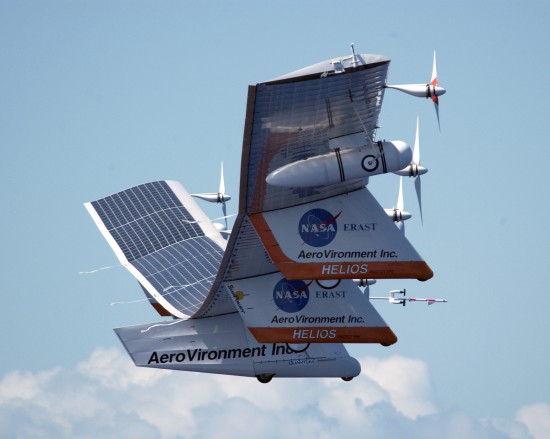
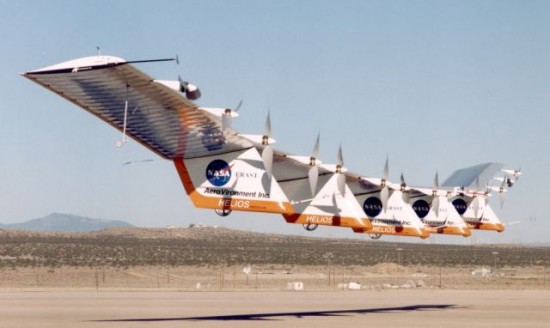
[youtube]http://www.youtube.com/watch?v=1NCOPLEJOl0[/youtube]


